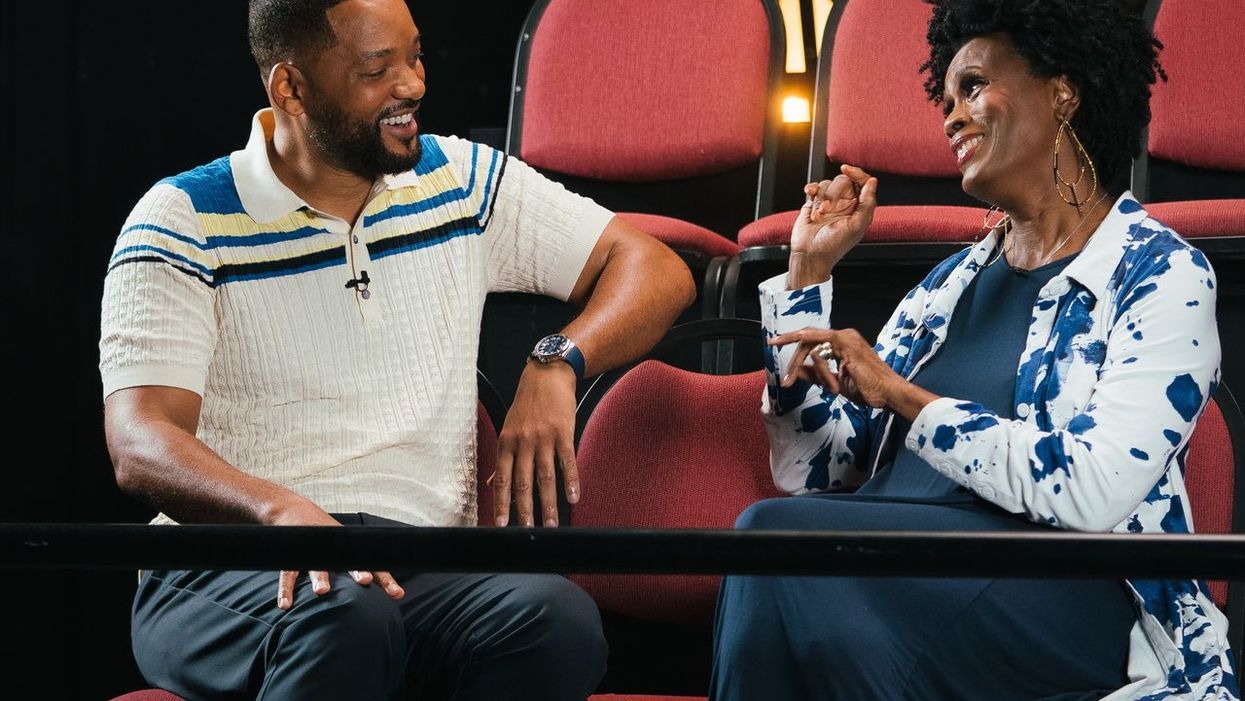While it was originally planned for a release at some point this year, Lana Del Rey‘s forthcoming album, Chemtrails Over the Country Club, wound up being pushed back to 2021. The reason? Production delays with its vinyl copies. While the delay was certainly a disappointment, it hasn’t stopped her from sharing content. Fresh off delivering a cover of “On Eagle’s Wings,” she’s returned with another, this time her spin on George Gershwin’s 1935 song “Summertime.”
I’m so grateful to have been asked to perform this version of summertime by George Gershwin — the legendary composer-pianist whose music the New York Philharmonic has premiered and with whom we performed. Especially during a crisis faced by all performing arts organizations.
— Lana Del Rey (@LanaDelRey) November 19, 2020
Donations can be made to the “Play Your Part” fund at https://t.co/i9Q6Ik6VrD and to the “NY Plays On Fund” at https://t.co/5brsBqvPVu
— Lana Del Rey (@LanaDelRey) November 19, 2020
Del Rey’s take on the Gershwin classic also arrives with an earthy video, which begins with her and a few friends making their way back from a coronavirus test in Beverly Hills. Once home, the group reconvenes in a gazebo. The singer also sent out a tweet asking fans to donate to art organizations. “I’m so grateful to have been asked to perform this version of summertime by George Gershwin — the legendary composer-pianist whose music the New York Philharmonic has premiered and with whom we performed,” she wrote, adding, “especially during a crisis faced by all performing arts organizations.”
The cover is one of several the singer will share in the lead-up to Chemtrails Over the Country Club. Speaking about the album, Lana said it has a “16-week delay on the vinyl process, so in the meantime, I’m going to give you a digital record of American standards and classics for Christmas because I can’t get the record plants to open until March 5. That probably goes for a lot of people out there.”
You can watch the video for her “Summertime” cover above.

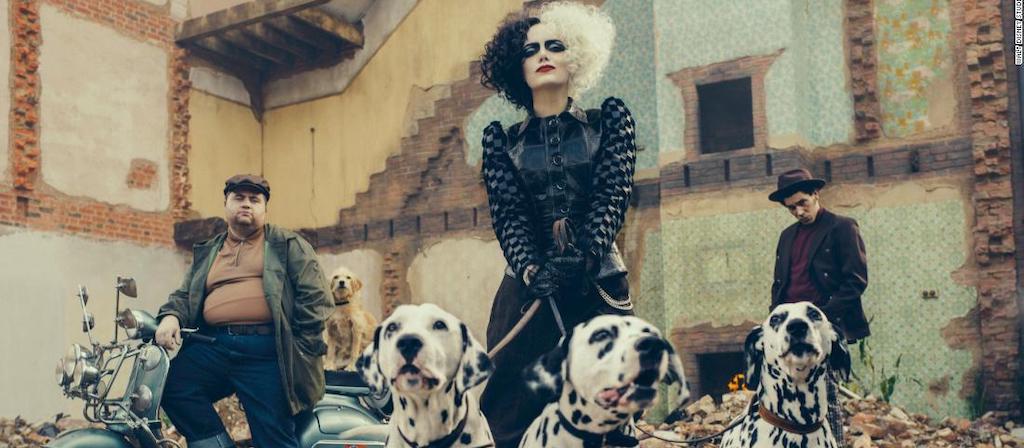
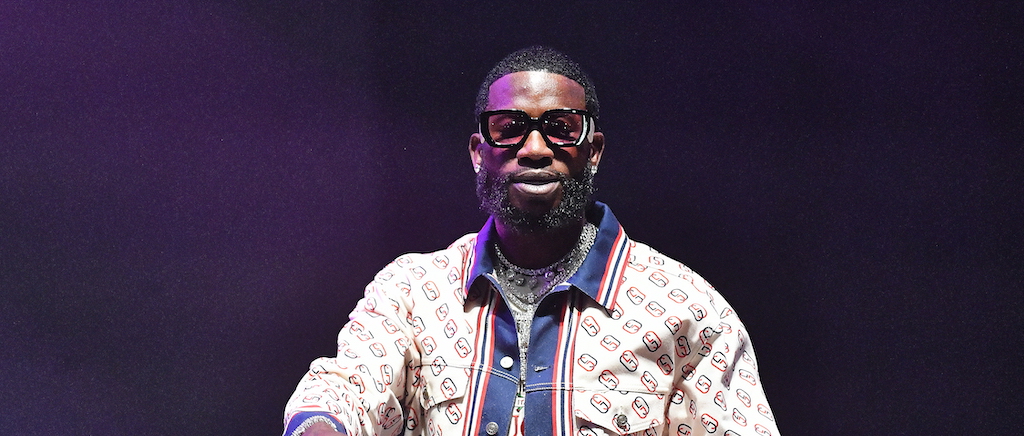
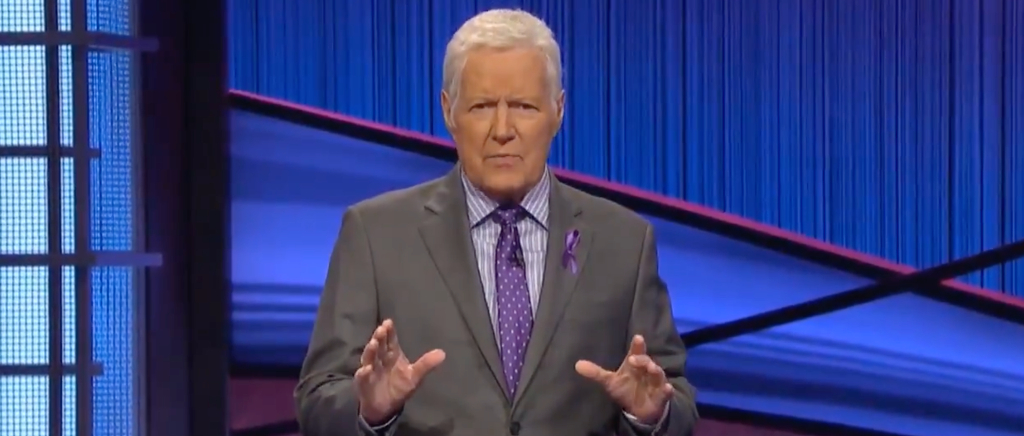
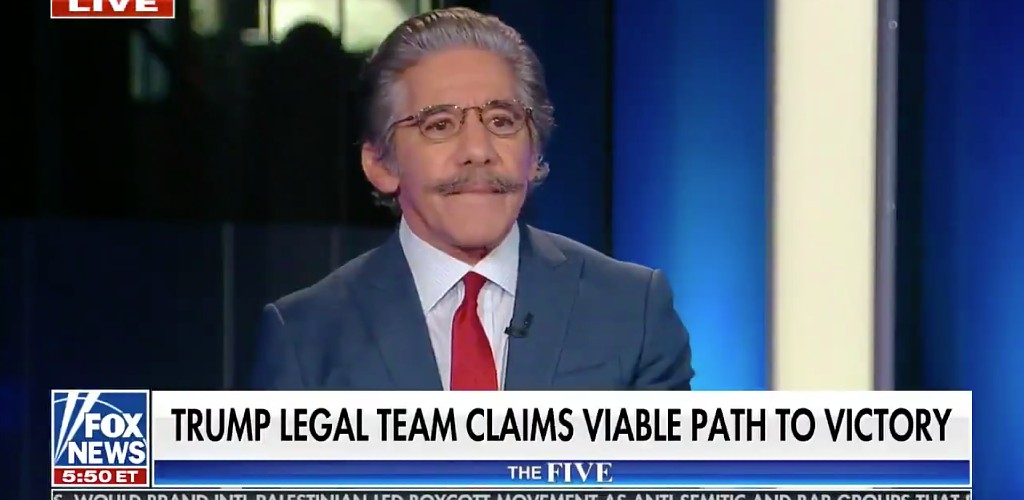
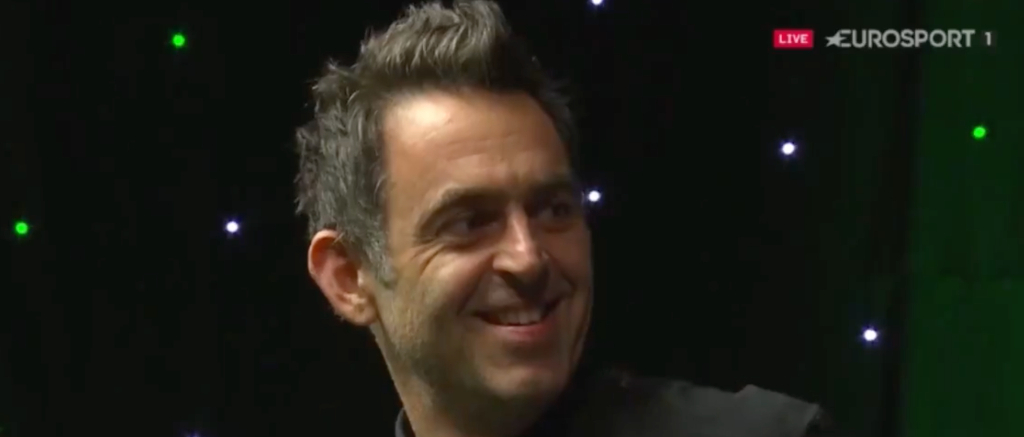
 (@samisam147)
(@samisam147) 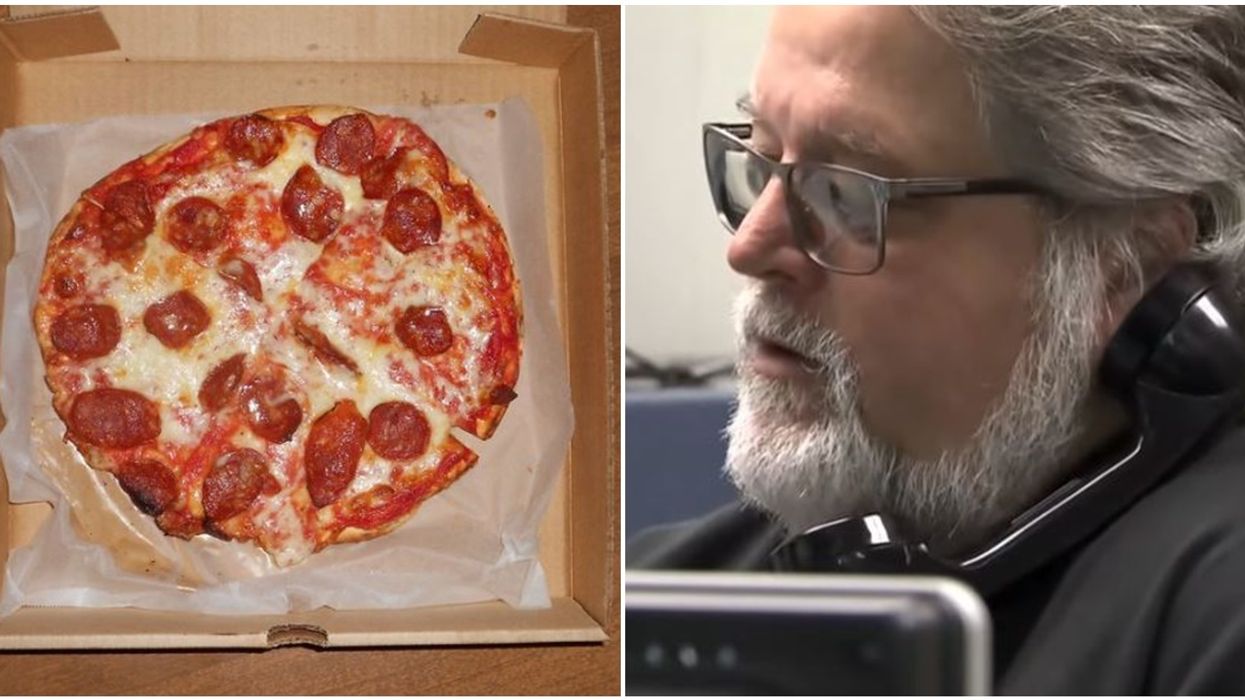
 via Inside Edition / YouTube
via Inside Edition / YouTube